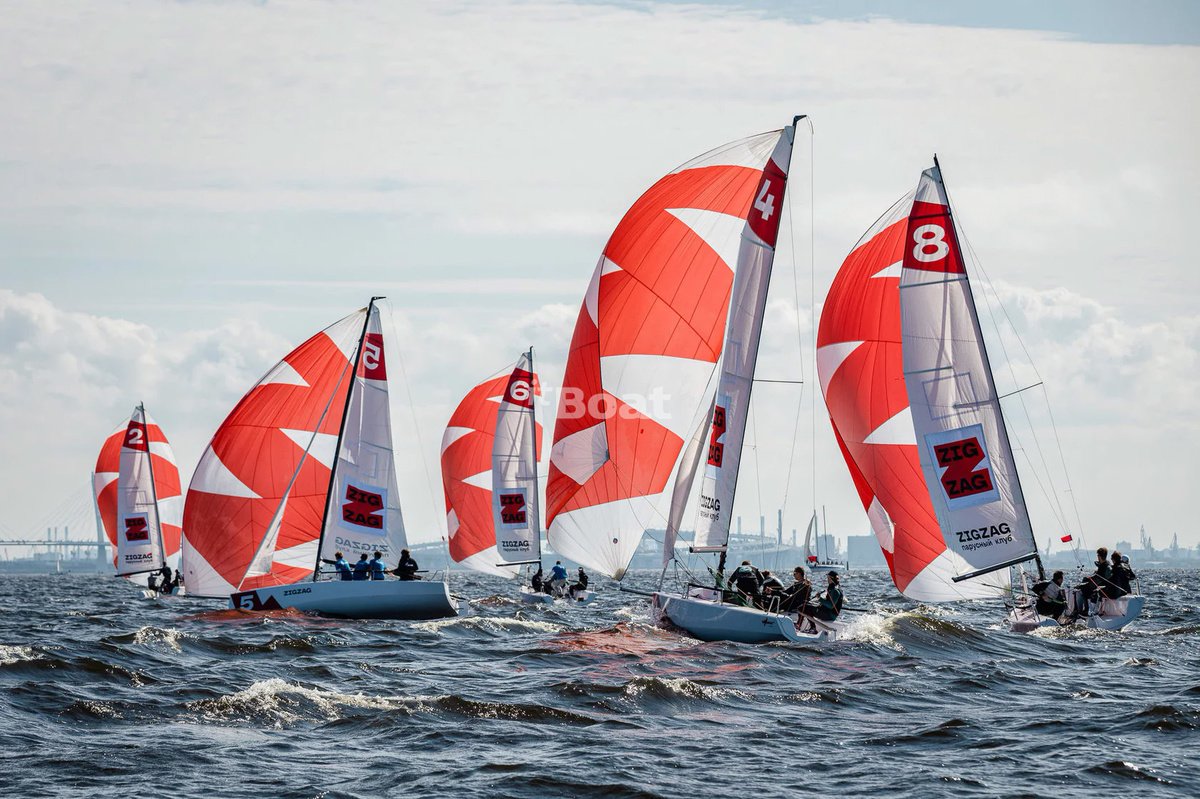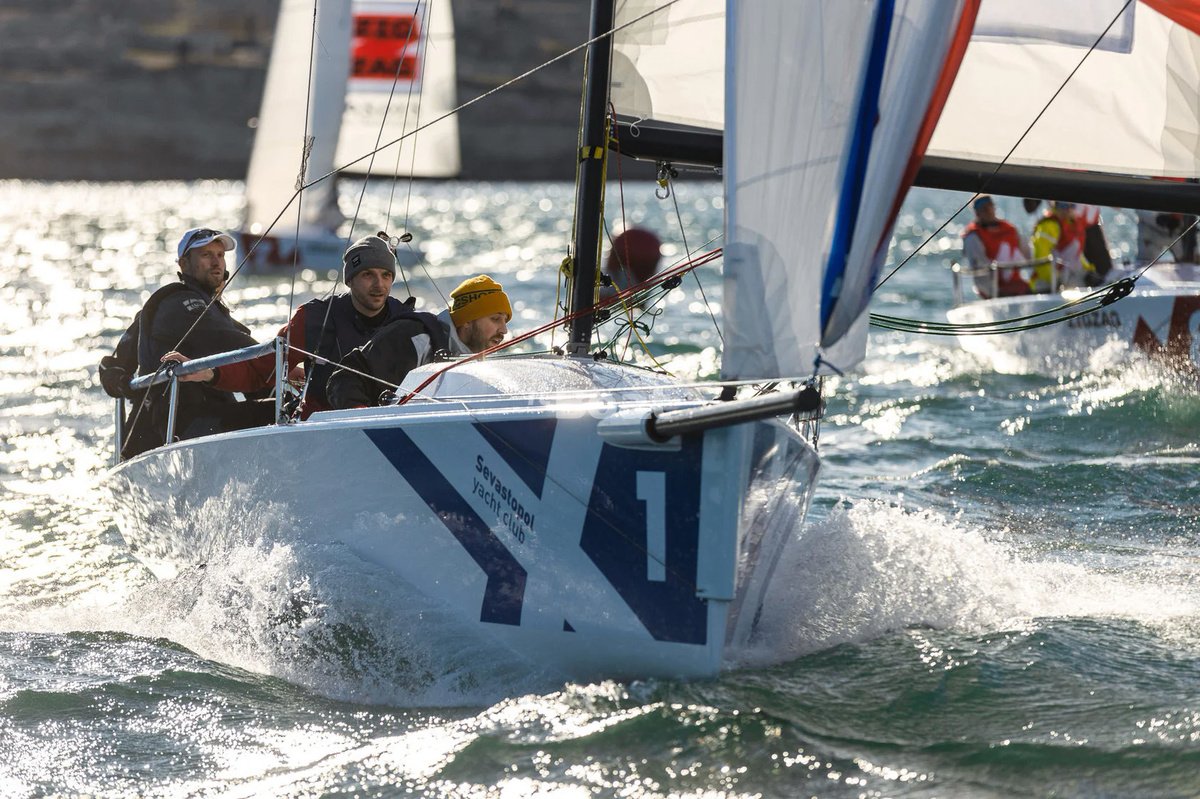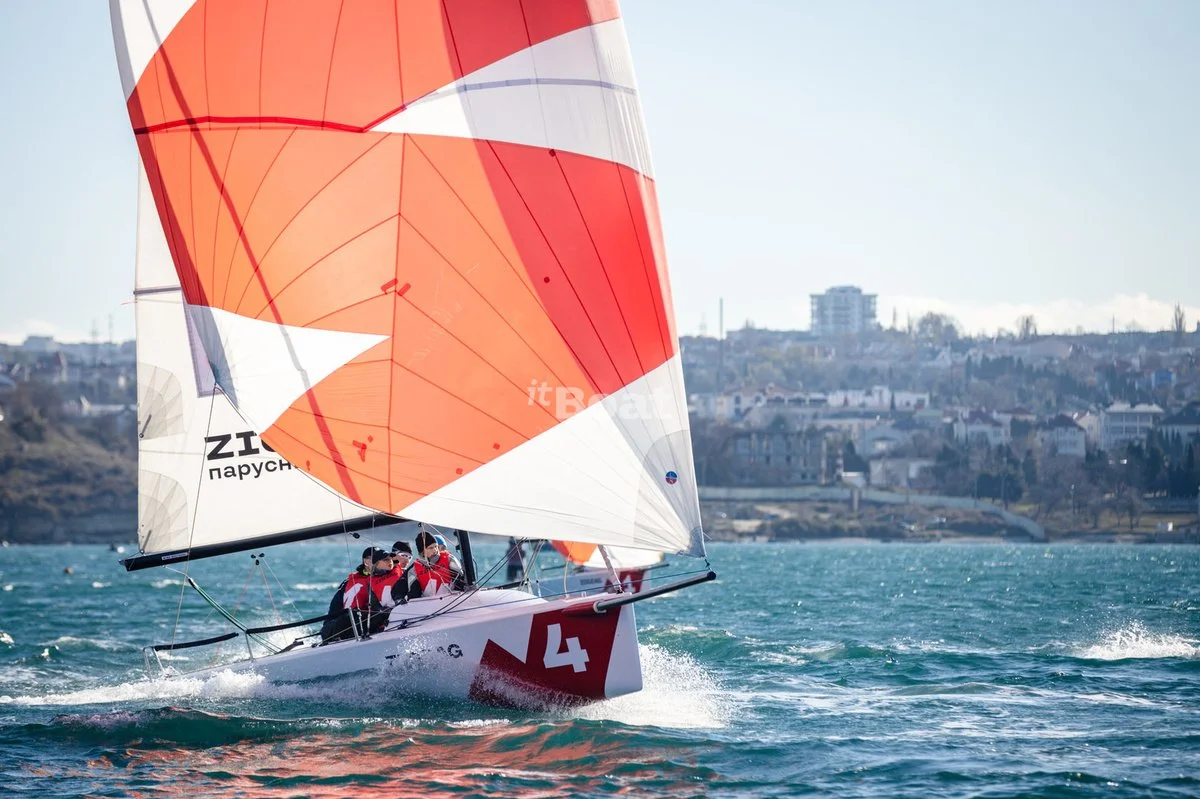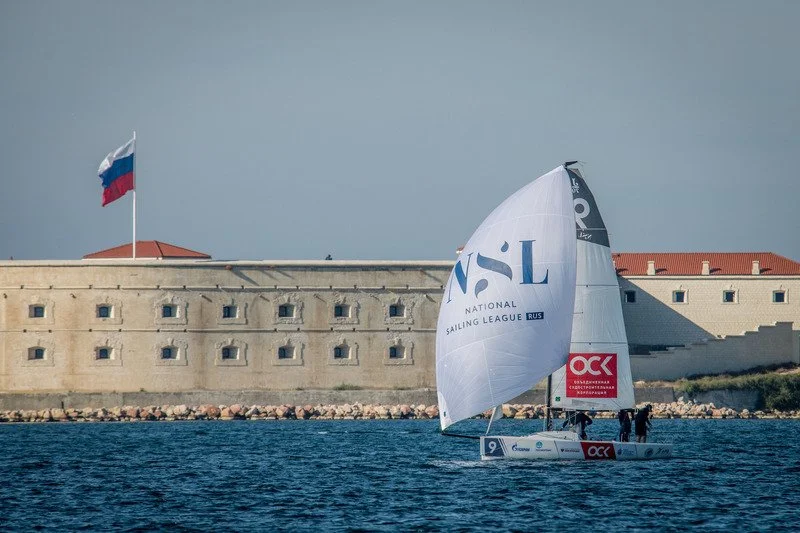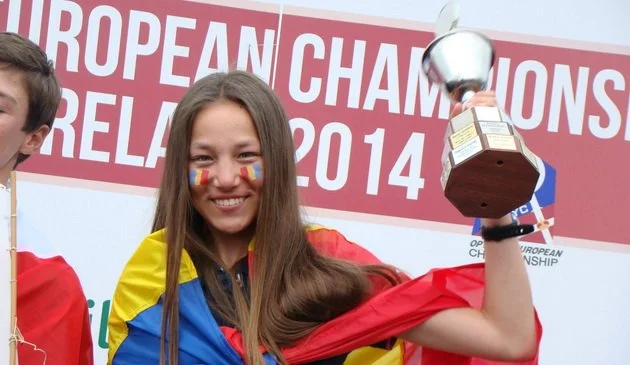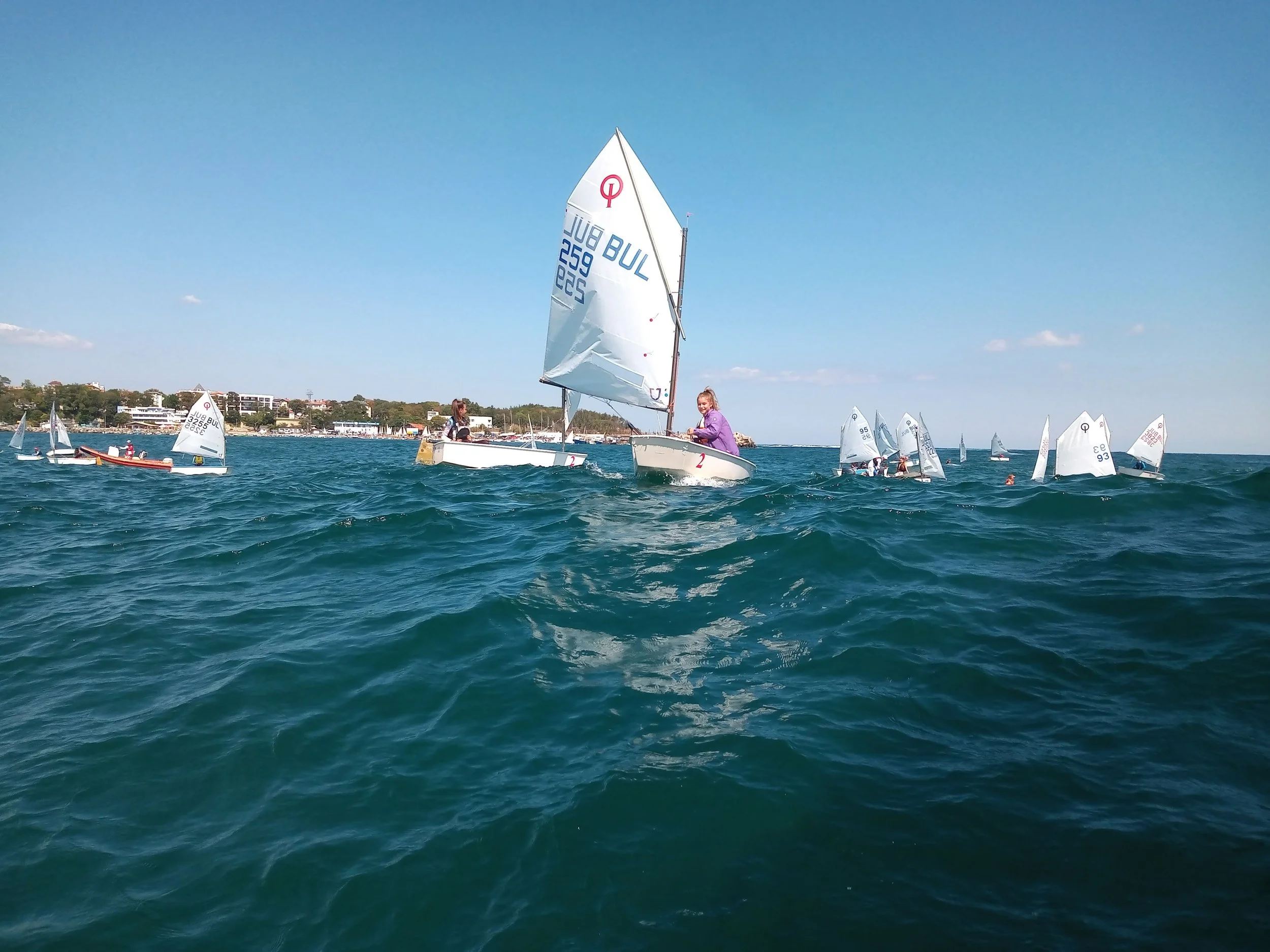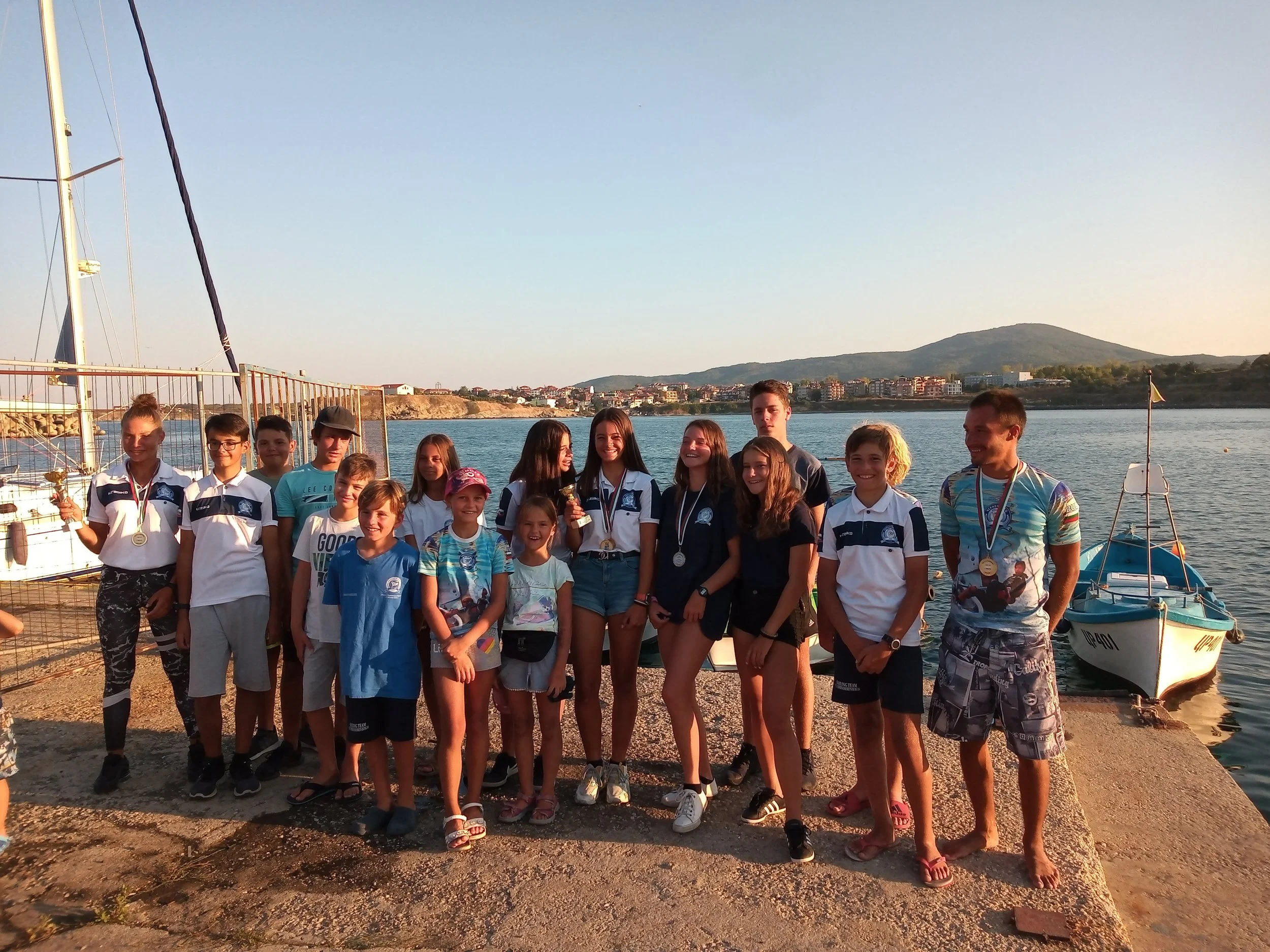a Very Black Sea
Intrepid Black Sea junior
The power of Tech and weekly stats allow us to see readership by country. A recent study by SWS showed we have readers in Ukraine, Russia, Bulgaria and Turkey and many more in Baltic and Scandinavian countries. Over the last month, we had more Ukrainian readers than Russians logging in.
SWS can’t comment on the expansionary motivations of an authoritarian kleptocracy, but we can invite you to speculate about ordinary people and ordinary sailors living through a war along the Black Sea coast.
This is a sailing place full of yacht clubs hosting national and European racing and kids learning to sail. Regattas were cancelled through 2020 and 2021 for the almost forgotten virus. Now with the northern spring/summer sailing season starting on 1st May, life is suspended if not destroyed in the Ukrainian seaside cities of Odesa and Mariupol. Like George Bush junior’s iRACK invasion in 2003, a perverse upside of the conflict is that we are learning more about the people, geography and culture of these beautiful yet contested places.
The Black Sea is surrounded by Russia and Georgia in the east, Turkey in the south then Bulgaria, Romania and Ukraine along the NW coast. Each have old maritime cities with industries based around shipping, boatbuilding, fishing and naval bases. Yacht clubs and resort hotels are also now an important part of this coast. (Click on image to enlarge)
Black Sea yacht clubs started in the late 19C. They often had associations and patronage from Royal houses like the Romanovs in St Petersburg and the royal families in Romania and Bulgaria. These countries declared themselves republics in 1946 and 1948 with openly communist ‘iron curtain’ regimes. The royals were sent into exile and yacht clubs were transformed into state sponsored youth clubs. Sailing as a popular sport only re-emerged in the 1990’s after the overthrow of communist regimes. To rebuild they mostly focused on juniors.
Sailing in the Black Sea looks just like any modern European event. Sailors are the same kind of people from St Kilda on Port Phillip to Sevastopol in Crimea. Let’s imagine life for kids and junior sailors living through this nightmare.
Russia
Russian sailing has a long tradition like Australia with yacht clubs being founded in the 19C and some even earlier. By 1900 there were over 20 yacht clubs in St. Petersburg sailing yachts mostly purchased from abroad in Scandinavia.
After the 1917 revolution, yacht clubs gradually ceased their activity. By 1919 they became sports societies or maritime training stations controlled by Komsomol, the youth division of the Communist Party. Moscow’s nomination as Olympic host city in 1980 saw yacht clubs re-emerge in the 1970’s. A preparatory program and new marina was established at Central Yacht Club on Petrovsky Island (now St. Petersburg River Yacht Club of Trade Unions). Sailing is now a huge sport in St Petersburg at the eastern end of the Gulf of Finland. It’s also big on the Black Sea at Sochi in the east and in the occupied Ukrainian city of Sevastopol in Crimea. Moscow and Samara also have clubs on the large estuaries of the Moscva and Volga Rivers.
Apart from simple survival, the complexities and absurdities of negotiating normal activities like sailing between trade sanctions, diplomacy and war ain’t easy. The St Petersburg YC made a bid to host the Optimist Euro and World Championship in 2022. They didn’t win. However, Russian Opti kids, who probably know nothing of the situation in Ukraine, may not be able to attend the Euro regatta in Denmark (a NATO founding member). They might attend the World Champs in Bodrum Turkey, a NATO member who ‘plays up the middle’, hosting peace talks while buying European and Russian arms.
The St Petersburg YC Sailing Academy & junior fleet is sponsored and funded by Gazprom who also host the Gazprom Cup for Optimists. Gazprom, the Russian energy giant registered in Switzerland, is the owner of Nord Stream2, the gas pipeline delivering gas to Europe and buckets of money to Russia. How does a junior Opti sailor reconcile this situation when his/her parents are probably also employed at the Gazprom HQ in St Petersburg? http://www.yacht-club-spb.com/
One-design sport boats are a staple of European regattas. The Mobile Group in Leningrad developed a design called the mX in 2017 and launched it in 2019. They want to compete with the French and Americans in this dominant 7m class type. The mX700 already has good fleets in yacht clubs across Russia in St. Petersburg, Sevastopol, Krasnodar, Moscow, Samara and Novosibirsk in Siberia. The 2022 Russian sailing championships are in the Black Sea. The National Sailing League intends to host mX’s for seniors and Opti juniors in Tuapse, Krasnodar, 100k north of Sochi this summer. I guess that’s far enough away from Ukraine. (Click on images to enlarge) https://mxboats.com/
Ukraine
The Black Sea Yacht Club in Odesa was founded in 1875, the first on the Black Sea. This is the training facility for the Ukraine national and Olympic sailing teams with a hundred professional yachtsmen. They have two junior and youth sailing sports schools with 150 children enrolled. The club and its ‘hydraulic facilities’ (marina) are still State-owned enterprises with a promise of privatisation. Even so, Ukraine is a modern European sailing nation.
Last year in October, the Black Sea Yacht Club combined with the Odesa Racing YC to host the European Sailing Championship for the Platu25. This is a very competitive 7.5m Farr one-design sport boat. The regatta was won by BLACK SEA PIRATES UKR62.
Sevstopol in Crimea is an old Ukrainian maritime city, invaded and annexed by Russia in 2014. This city already had an enthusiastic fleet of old and new Star Class yachts trying to hold off the invasion of modern one-design sport boats. In 2019 they hosted the J/70 Sevastopol International Cup making a dilemma for sailors and sponsors. JBoats is a Newport RI design and build company. They saw the threat coming from the equivalent Russian mX700 in Europe and didn’t get caught between sanction diplomacy and trade. They had no problem supporting the Russian J/70 Sailing League and the regatta in Sevastopol only 5 years after the invasion. Trade and self-interest usually trump diplomatic sanctions. (Click on images to enlarge)
What do Ukrainians make? Brig Boats are one of the largest suppliers of ribs in Europe. They are now in the US market and make up 70% of sales in Australia and the Asia-Pacific through Sirocco Marine. Brig design and manufacture in Kharkiv close to the Russian border, north of Donetsk and Mariupol. This region is also home to Grand and Gala, other rib makers. Kharkiv has been the target of constant Russian missile attacks and much of the city is already devastated. http://brigboats.com/
Romania
Yacht Club Regal Roman has a long history under royal patronage. It started in Costanta on the Black Sea in 1921 with Romanian King Ferdinand as the Commodore. International sailing was then controlled by the Ministry of Navy. Yacht clubs and sailing with the ‘stench of the aristocrat’, were closed down by the new communist regime in 1946. Some 45 year later, after a popular uprising and fall of the dictator Ceaucescu in 1989, sailing as a sport and the Royal Romanian YC were rehabilitated with King Mihai (Michael) as Commodore. Like other post communist countries, the club focused on training kids in Opti’s and Lasers.
Romanian juniors often move to the Zoom8. This is a very popular racing dinghy sailed in Scandinavia, the Baltic countries and Russia designed by the Finn Henrik Segercrantz. It’s considered a good transition dinghy between the Optimist and a more powerful teenage boat like the Laser. Romania boasts its new success with Ebru Bolat taking silver in the 2014 Worlds. She’s known as the Simona Halep of yachting and is now an Olympic level sailor.
Bulgaria
Bulgaria has two Black Sea towns about the size of Geelong. The club in Varna is SC Cherno More Briz and at Burgas there’s two clubs, YC Chernomorets Burgas and YC Port Bourgas. These are typical European clubs with a strong focus on junior development. They have coaches on staff and training fleets of juniors sailing Opti’s, International Cadets and Laser 4.7. The seniors are sailing Olympic classes like the Laser, Laser Radial, 420, 470 and Finn. These clubs are actively participating in and hosting international regattas. Some 250 boats took part in the European Optimist championships at Port Bourgas in 2017, sponsored by everyman’s Euro-wagon, Audi. (Click on images to enlarge)
Comrade V. Putin needs to get out a bit more. Perhaps joining a sailing club will teach him about nurturing community and the calming challenge of the sea.



